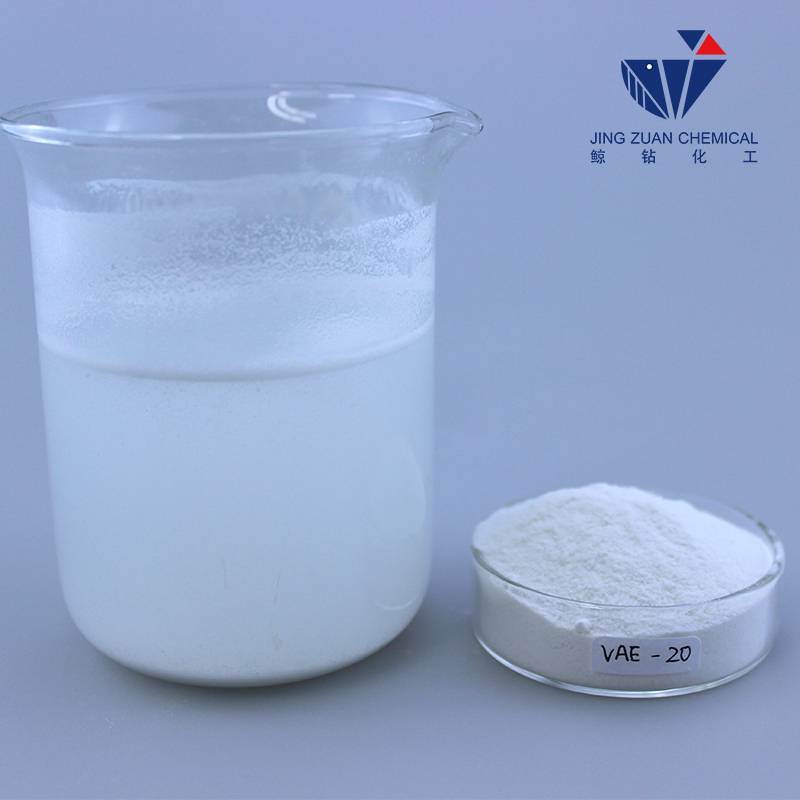
Jul . 26, 2024 16:21 Back to list
Understanding the Meaning and Applications of HPMC in Various Industries and Its Key Benefits
Understanding HPMC A Key Polymer in Modern Applications
Hydroxypropyl Methylcellulose (HPMC) is a versatile and valuable polymer that plays a significant role in various industries, from pharmaceuticals to food production. This article delves into what HPMC stands for, its chemical properties, applications, and its importance in contemporary technology.
What is HPMC?
HPMC is a cellulose ether derived from natural cellulose, a polymer obtained from plant cell walls. The modification it undergoes involves the substitution of hydroxyl groups on the cellulose molecule with hydroxypropyl and methyl groups. This alteration enhances its solubility in water and allows HPMC to function as a thickener, emulsifier, and film-forming agent. Owing to its non-toxic nature and compatibility with other compounds, HPMC has gained popularity across various sectors.
Chemical Properties
HPMC has a unique chemical structure, characterized by its hydrophilic properties due to the presence of hydroxyl groups. It is generally white to off-white in color, odorless, and tasteless. One of the standout features of HPMC is its ability to form a gel at elevated temperatures, which can revert to a liquid state upon cooling — a property exploited in multiple applications.
The degree of substitution (DS) of HPMC, which indicates the amount of hydroxyl groups replaced with hydroxypropyl and methyl groups, can be tailored according to specific requirements. This customization allows manufacturers to create grades of HPMC that offer varying viscosity, solubility, and gelation properties, making it a truly adaptable compound.
Applications of HPMC
hpmc stands for

1. Pharmaceuticals HPMC is extensively used in the pharmaceutical industry as a binder in tablet formulations and as a matrix material in controlled-release formulations. Its ability to form gels at body temperature helps improve drug solubility and stability, making it an essential component in modern medicine.
2. Food Industry In food production, HPMC acts as a thickening agent, providing texture and stability to various food products, including sauces, dressings, and baked goods. Its functional qualities, coupled with its ability to retain moisture, make it desirable for improving the mouthfeel and shelf life of food items.
3. Construction In construction, HPMC is used as a thickener and water-retaining agent in cement and plaster formulations. By improving workability and prolonging the setting time, HPMC enhances the overall performance of construction materials, ensuring quality and durability.
4. Cosmetics and Personal Care HPMC is also found in a range of cosmetic products, including lotions, creams, and hair care formulations. Its emulsifying and film-forming properties help stabilize formulations and improve the application experience.
5. 3D Printing Recently, HPMC has gained attention in the burgeoning field of 3D printing. Its ability to create strong and flexible filaments has made it a popular choice for various additive manufacturing applications.
Importance of HPMC in Modern Technology
The significance of HPMC lies in its multifunctionality and adaptability. As industries continue to evolve and seek sustainable, non-toxic solutions, HPMC stands out due to its natural origins and versatile applications. Its excellent compatibility with other substances means that it can often replace synthetic additives, aligning with the growing emphasis on eco-friendly practices.
In conclusion, Hydroxypropyl Methylcellulose (HPMC) is not just another polymer — it is a crucial element that serves diverse industries through its unique properties. As research and technology advance, the potential applications of HPMC are likely to expand further, solidifying its role as a vital component in the future of materials science and product formulation.
-
Versatile Hpmc Uses in Different Industries
NewsJun.19,2025
-
Redispersible Powder's Role in Enhancing Durability of Construction Products
NewsJun.19,2025
-
Hydroxyethyl Cellulose Applications Driving Green Industrial Processes
NewsJun.19,2025
-
Exploring Different Redispersible Polymer Powder
NewsJun.19,2025
-
Choosing the Right Mortar Bonding Agent
NewsJun.19,2025
-
Applications and Significance of China Hpmc in Modern Industries
NewsJun.19,2025







